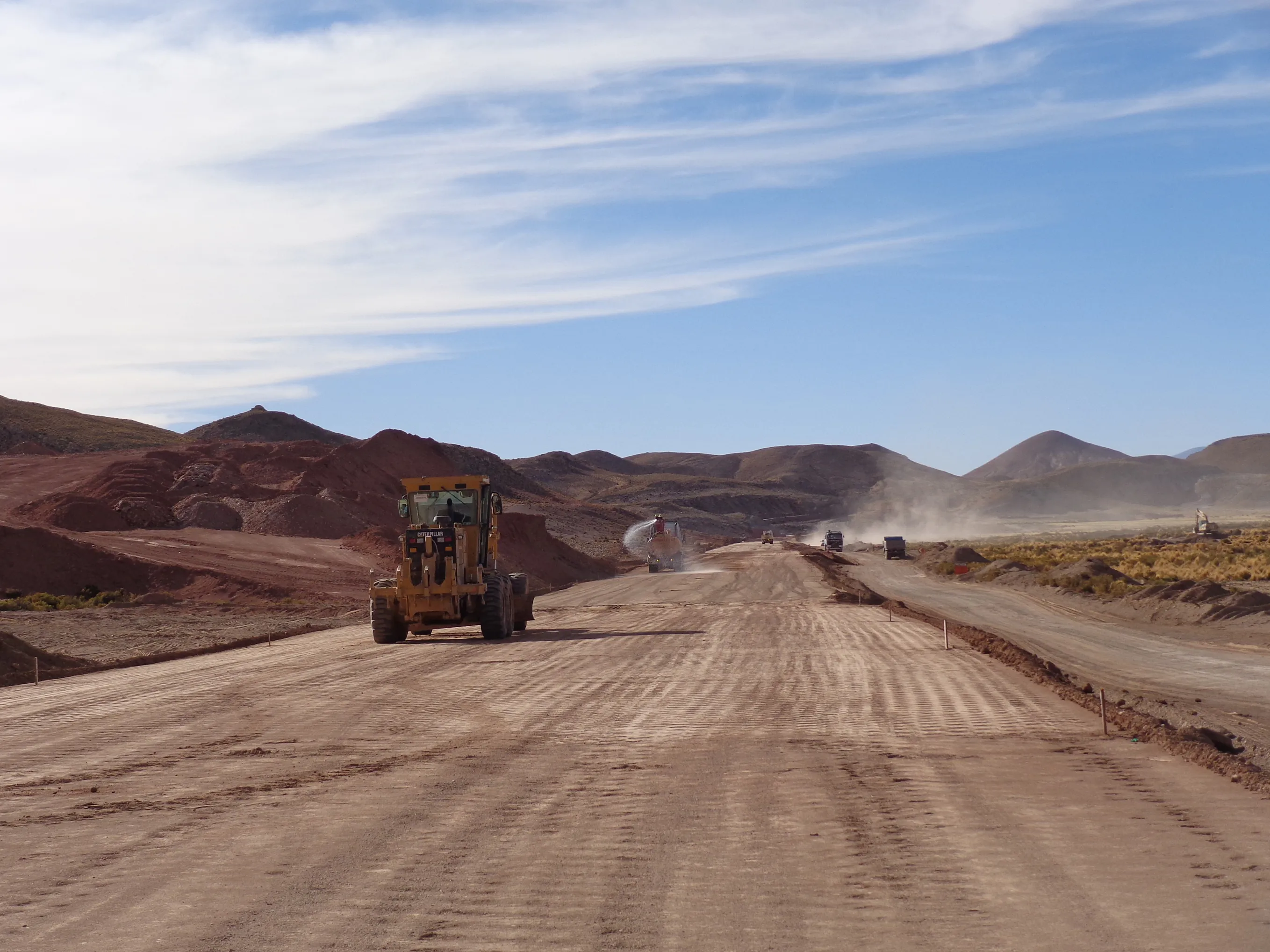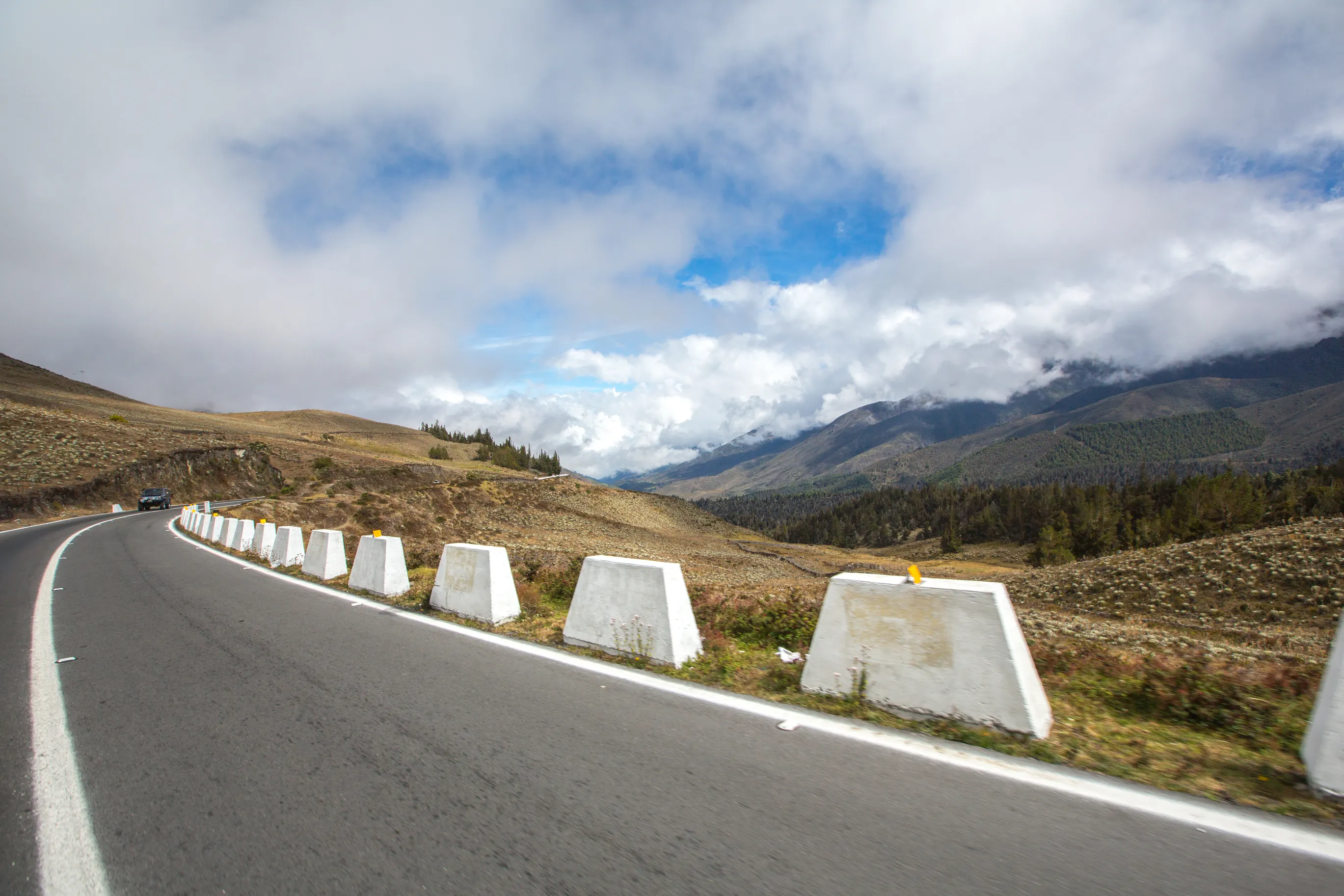The call for papers was launched in late 2012 with two objectives in mind, to attract the best in innovative technical, institutional, economic, business and policy issues that are relevant, recent, and significant.
These papers are suitable for presentation in a technical session, and to attract original research and technological innovation that is recent, relevant and significant, as well as for presentation in a scientific session.
The Technical & Scientific program is being developed through the
August 28, 2013
Read time: 2 mins

The call for papers was launched in late 2012 with two objectives in mind, to attract the best in innovative technical, institutional, economic, business and policy issues that are relevant, recent, and significant.
These papers are suitable for presentation in a technical session, and to attract original research and technological innovation that is recent, relevant and significant, as well as for presentation in a scientific session.The Technical & Scientific program is being developed through the evaluation of nearly 500 abstracts submitted by authors from more than 60 countries encompassing six continents. Thus, abstract submissions mirror
| Asset management | 59 |
|---|---|
| Bridges / tunnel construction & operations | 19 |
| Integrated mobility & ITS | 55 |
| Pavement & materials | 82 |
| Public private partnerships & road financing | 13 |
| Road design / construction & operations | 24 |
| Road safety | 116 |
| Sustainable transport | 33 |
| Transport policy & economics | 48 |
| Transport security / disaster mitigation & recovery | 20 |
| Urban & public transport | 25 |
| Europe | 136 |
|---|---|
| North America | 114 |
| Middle East & North Africa | 113 |
| Asia / Australia | 109 |
| Latin America | 20 |
| Sub-Saharan Africa | 10 |








